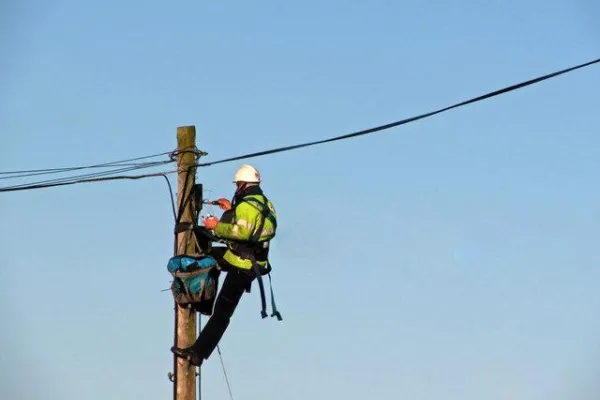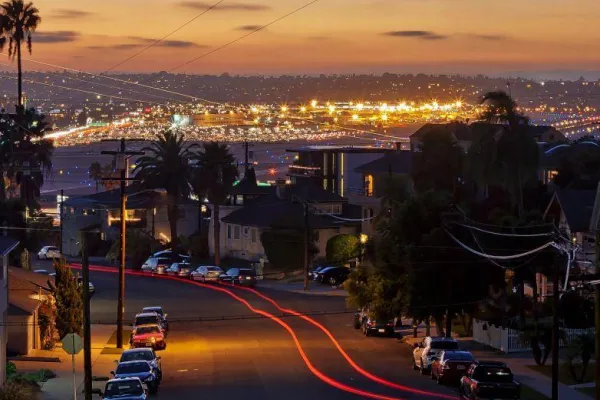Minnesota Internet Study Highlights the Digital Divide
A new study released by the Minnesota Center for Rural Policy and Development examines the use of high speed internet by residents in both rural and urban areas. Not surprisingly, the study found that high speed those living in metro areas are much more likely to have high speed connections--57 percent compared to 39.4 percent of households in rural areas.
Jack Geller, president of the Center for Rural Policy and Development, cited the usual reasons for the lack of access in rural communities:
A supply and demand reality issue exists in smaller towns of 200 to 300 people, Geller said. Competitors may pass on communities that are home to more elderly residents and more lower-income residents in favor of more affluent communities with denser population.
Geller then noted the many advantages that high speed internet gives its users, from social networking to business development to government services. He added, "There are disadvantages to not being online in the future that we can't even think of right now."
The full report, entitled The 2006 Minnesota Internet Study, dug deeper into high speed internet use by rural and urban residents, and it examined the causes of the disparity.
From 2001 to 2003, dial-up users and those with high speed connections used the internet in very similar ways. Now, though, the advent of new technologies that demand faster connections has created a usage gap, with high speed users enjoying services that dial-up users simply cannot access.
The result is a wide disparity in satisfaction levels among dial-up and high speed users. More than 90 percent of those with high speed cable and DSL connections said they were satisfied with their connections, while around 40 percent of dial-up users reported being satisfied.
Those without high speed internet connections cited the high cost as the chief reason they did not have access, although 22 percent of those in rural Minnesota attributed it to lack of service availability. That's double the rate of residents of metro areas who are not served by high speed connections.
Finally, the authors of the report gave a compelling summary of what those without high speed internet are missing out on:
It is clear from our findings that many of the more modern Internet applications that now require very large data, music, video and graphic file transfers are being used to a great extent primarily by a broadband audience. Dial-up users will continue to be frustrated in their efforts to move such large files with relatively slow connection speeds. And in many cases, such as Voice over Internet Protocol (VOIP) telephony, dial-up users will find themselves simply unable to access such services. Further, many of the more traditional web sites, such as those in the real estate industry, will continue to add larger and more complex graphics files or add short streaming video clips, which will keep dial-up customers from fully utilizing the services these web sites provide. Accordingly, whether these web applications are within the category of personal entertainment, business and commerce, or even a variety of public and governmental services, the default now seems to be that they will be used increasingly by broadband customers.
Are rural areas falling behind on broadband Internet? (AgriNews)
The 2006 Minnesota Internet Study (Center for Rural Policy and Development)
Biden Administration honors CWA steward for rural innovation
CWA Frontier workers sue Connecticut for anti-union contract interference
New CWA program incorporates union basics into IT training



